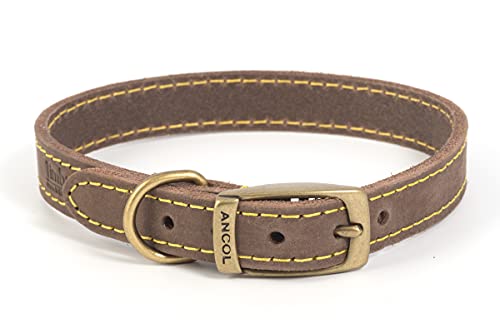The Importance of Choosing the Right Buckle for Your Dog Collar
There are many factors to consider when choosing a dog collar, from the material and width to the design and size. However, one of the most important parts of a dog collar is often overlooked: the buckle. The right buckle can ensure your dog’s safety and comfort, while the wrong buckle can lead to discomfort, injury, or even escape. So what is the best type of buckle for a dog collar? Here are some options to consider.
The Traditional Plastic Buckle
The most common type of buckle found on dog collars is the traditional plastic buckle. This type of buckle is lightweight, affordable, and easy to use. However, plastic buckles can also be prone to breaking, especially if your dog pulls or chews on the collar. If you opt for a plastic buckle, make sure to choose a high-quality one that can withstand your dog’s strength and behavior.
The Metal Buckle
If you’re looking for a more durable and long-lasting buckle, a metal buckle may be the way to go. Metal buckles can be made from a variety of materials, such as stainless steel, brass, or aluminum, and are less likely to break or bend than plastic buckles. However, metal buckles can be heavier and more expensive than plastic ones, so make sure to choose a size and material that suits your dog’s needs.
The Quick-Release Buckle
Another popular type of buckle for dog collars is the quick-release buckle. As the name implies, this type of buckle allows you to easily and quickly release the collar with just one hand, making it ideal for emergency situations or training exercises. Quick-release buckles can come in plastic or metal varieties, and can be found on various styles of collars, from martingale collars to flat collars.
The Martingale Buckle
Speaking of martingale collars, this particular style of collar comes with a unique type of buckle known as the martingale buckle. This type of buckle allows you to adjust the collar’s tightness without having to unbuckle or readjust the collar. Instead, you simply pull on the leash, causing the collar to gently tighten around the dog’s neck. This can be a helpful feature for dogs who tend to slip out of traditional collars or for those who need extra control and guidance on walks.
The Buckleless Collar
Finally, for those who are looking for a collar without a buckle, there are buckleless options available. These types of collars often rely on a sliding adjustment, a knot or a clip to secure the collar around the dog’s neck. While they can be less bulky and more comfortable for some dogs, they can also be more difficult to adjust or remove, so make sure it’s a good fit for you and your dog’s lifestyle.






